The beneficial properties of honey are widely known. It is used not only as a sweetener, but also as a remedy in the treatment of colds. It has antibacterial, antiviral, sedative and healing effects, it helps strengthen the immune system and increase vitality.
The high cost of a natural product is a direct consequence of the complexity of its production. But even paying a considerable price for this product, it is not always possible to be confident in its quality. Counterfeiting is not a new phenomenon.
The reference to unscrupulous traders is contained in the “Encyclopedia of Beekeeping”, published by the American entrepreneur and a great enthusiast of this field of agriculture Amos Ruth in 1876.
Table of contents
How to fake natural honey?
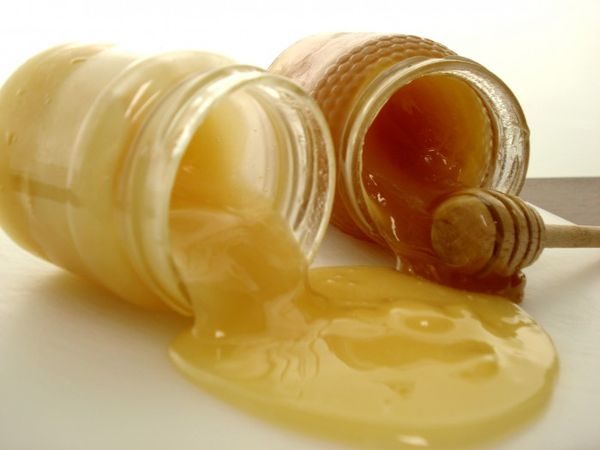
The current fakes can be divided into three groups:
- Natural with addition foreign substances designed to increase the total volume and mass density;
- Products, obtained from the mixture sugar and water, with the addition of dyes and flavors;
- Sugar.
The method of falsification, described by Ruth in the XIX century, is still used.
Since the times of Amos Ruth, the technology of falsifying honey has improved. Now artificial mixtures are made from invert sugar and sucrose and thickeners are added to them, among which you can find corn and potato starch.Quality fakes can be difficult to identify, even with professional expertise. Fortunately, they are rare.
Another way to get honey is used by unscrupulous beekeepers. Instead of waiting until the bees collect useful pollen, the insects are fed with regular sugar syrup. The sugar honey obtained in a similar way has no beneficial properties.
How to distinguish a quality product from an artificial one
Good taste
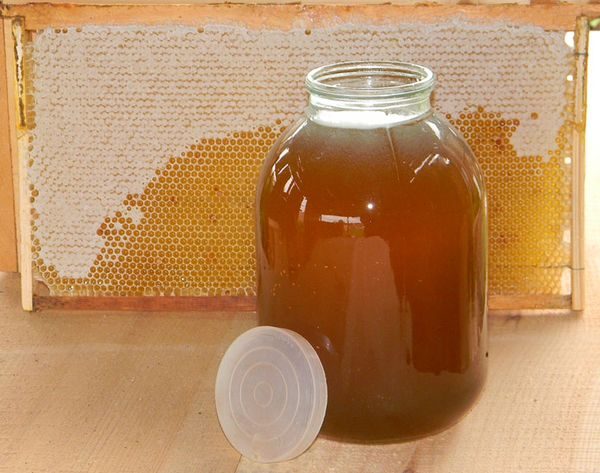
The taste of natural honey is sweet with a tart note, which is especially distinguishable in buckwheat and chestnut. This product leaves a pleasant aftertaste. Fakes will have an unremarkable sweet taste., in some cases a bit cloying.
Natural color
The color can vary from white to dark brown. Each variety has its own characteristic color. Honey collected from the flowers of white acacia, in a liquid state is almost transparent.
Buckwheat honey has a rich brown color with a reddish tint. The product of white color may well be not from the pollen of plants, but from sugar syrup.
Proper consistency
The structure of natural and artificial honey is strikingly different. Rubbing a drop of it with your fingers, you will notice that it disappeared without residue, quickly absorbed into the skin. Doing the same thing with a fake, you feel that there are small lumps on the skin.
Honey tends to crystallize after several months of storage. If in the middle of winter you are trying to sell a liquid product, then this is an alarming sign. Such a product was either made from sugar syrup, or was preheated before being sold. Honey, heated above a temperature of 40 degrees, loses its useful qualities.
Viscosity test
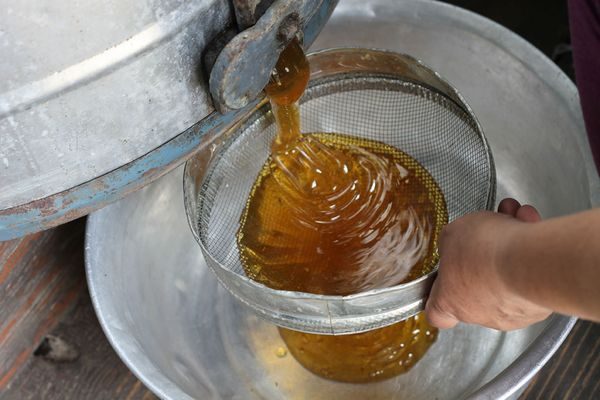
An important indicator and condition in determining the authenticity of naturalness is its viscosity. Dip a clean spoon in a bowl of honey, and then slowly remove it. A real product must follow a spoon. continuous thread. When the substance drains from the spoon, it forms a visible mark on the surface, which slowly dissolves.
Aroma
The smell is the hardest to fake. The aroma of a natural product is thick and fragrant, in it you can discern the notes of honey plants.A product made from sugar does not have a pronounced flavor. How to check? If you find it difficult to smell, then you have a fake.
Determine sugar
Whether there is sugar in the product can be determined using thin paper. To do this, on a paper napkin or a sheet of blotting paper must be dripped honey.
The appearance of wet spots will mean that the product is artificial.
How to check the real honey at home?
If you have natural honey or not, you can dispel them with a few simple procedures. How can you distinguish honey and find out its quality?
Iodine drop
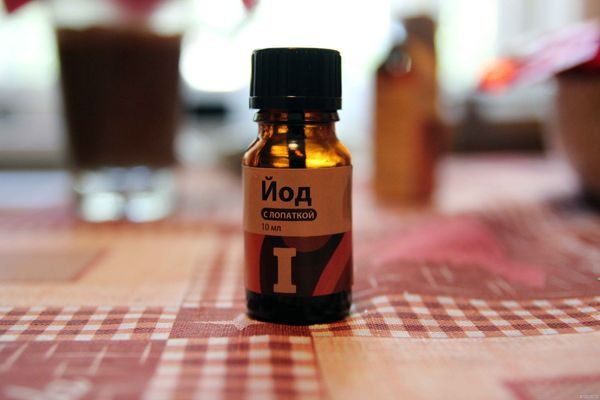
Dilute a small amount of honey with water, add a drop of iodine to the mixture. If after this the solution has turned blue, then this means that it contains starch or flour.
Using bread
Place a slice of bread in a container and leave for 5-10 minutes. If after this time the bread has retained its shape, then you have a natural product.If the bread is softened and spread, then this is a clear sign that the product was made on the basis of sugar syrup.
Pencil
Put honey on the back of your hand or a piece of paper and spread it in a thin layer. Run a regular chemical pencil over the surface. The bold line indicates the presence of water in the product. The absence of a noticeable trace will mean that you have undiluted honey.
Vinegar
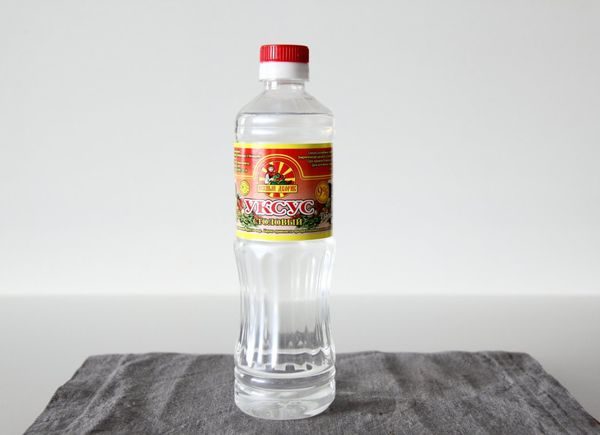
Dissolve a teaspoon of honey in water, add a few drops of vinegar to the mixture. If hissing follows, then this is a sure sign that the product contains chalk.
Determine a fake using water
Put the spoon in a transparent glass with warm water and stir. The natural product will dissolve without residue, slightly stained with water. If there are impurities in the product, they will either precipitate or float to the surface.
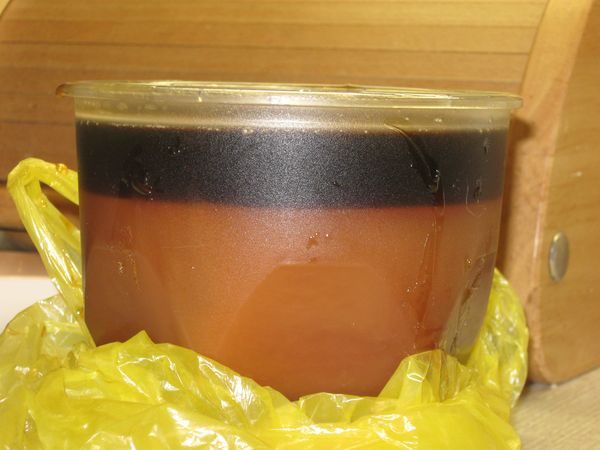
The best way to protect yourself from fakes is to buy homemade honey from a familiar beekeeper. In order to choose a person worthy of trust, ask if he sells honeycombs.
Buy honey in seasonAfter all, real beekeepers sell it as they are made. If you buy honey at a store, make a check and pay attention to the correct label. A fake product may harm your health.
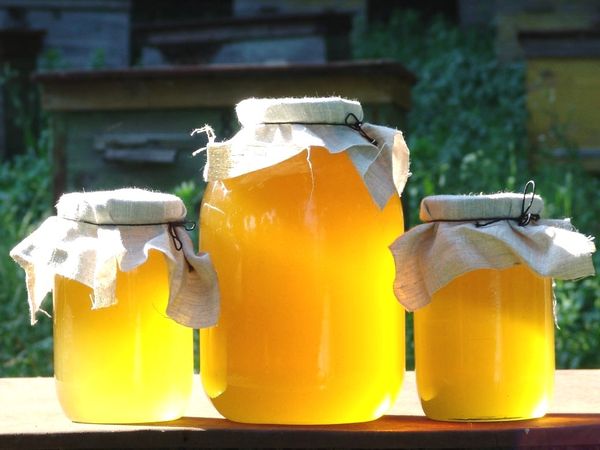
Do not believe it, but now I got a jar of honey, which I recently purchased and let's conduct experiments))) Thank you! Now I know for sure that our honey is real and my trust in the seller has only strengthened 🙂 And, by the way, I haven’t found the information about sugar production here. They say for natural honey is normal. This is true?
Yes, Tatiana, sugaring is normal.
KNOW honey may be amber (camel thorn), steppe otherwise or piedmont, where this thorn grows is called polyferous, i.e. bees collect nectar from different plants — honey is considered medicinal — it kills stafilokokuyu, dysentery sticks (you can read, type in the search), so this honey does not smell 100%, it has one drawback thatquickly, relatively, is sugared, you need to keep it with an airtight lid, but even when it is saccharified, it does not lose its properties either by half a percent. Sugary starts from the bottom, and the top will be liquid .. this honey is in the top 5: buckwheat, lime , acacia and more, it seems chestnut, is considered the “king of honey”, it is more expensive in price — everything I knew, told, although I myself am not a beekeeper, success to everyone and health !!!
All the checks on your recommendations honey passed, with the exception of taste and smell, no gochinki and astringency and no smell, it means not natural honey?
Most likely, yes, Ludmila.
Lyudmila, do not rush to draw conclusions, read my comment, it is possible that you took exactly polyferic honey, although no one is immune from forgery, especially in our time
Please tell me how to determine whether the bees were fed sugar syrup or not?
In winter, bees, as far as I know, are usually fed in hives with sugar syrup with a small addition of honey.But this is only for the time of wintering, since the beginning of the flight is no longer fed, so the winter feeding is not reflected in the quality of honey.
Vanya, beekeepers need to replace natural honey with honey from sugar syrup for the winter. The bees on it better hibernate, and in the spring, for better family development, framing is framed with honey. honey is taken not from the breeding hull, but from additional store extensions in which sugar cannot be in principle. Find the bona fide beekeeper who does not feed the bees in the summer to get fake